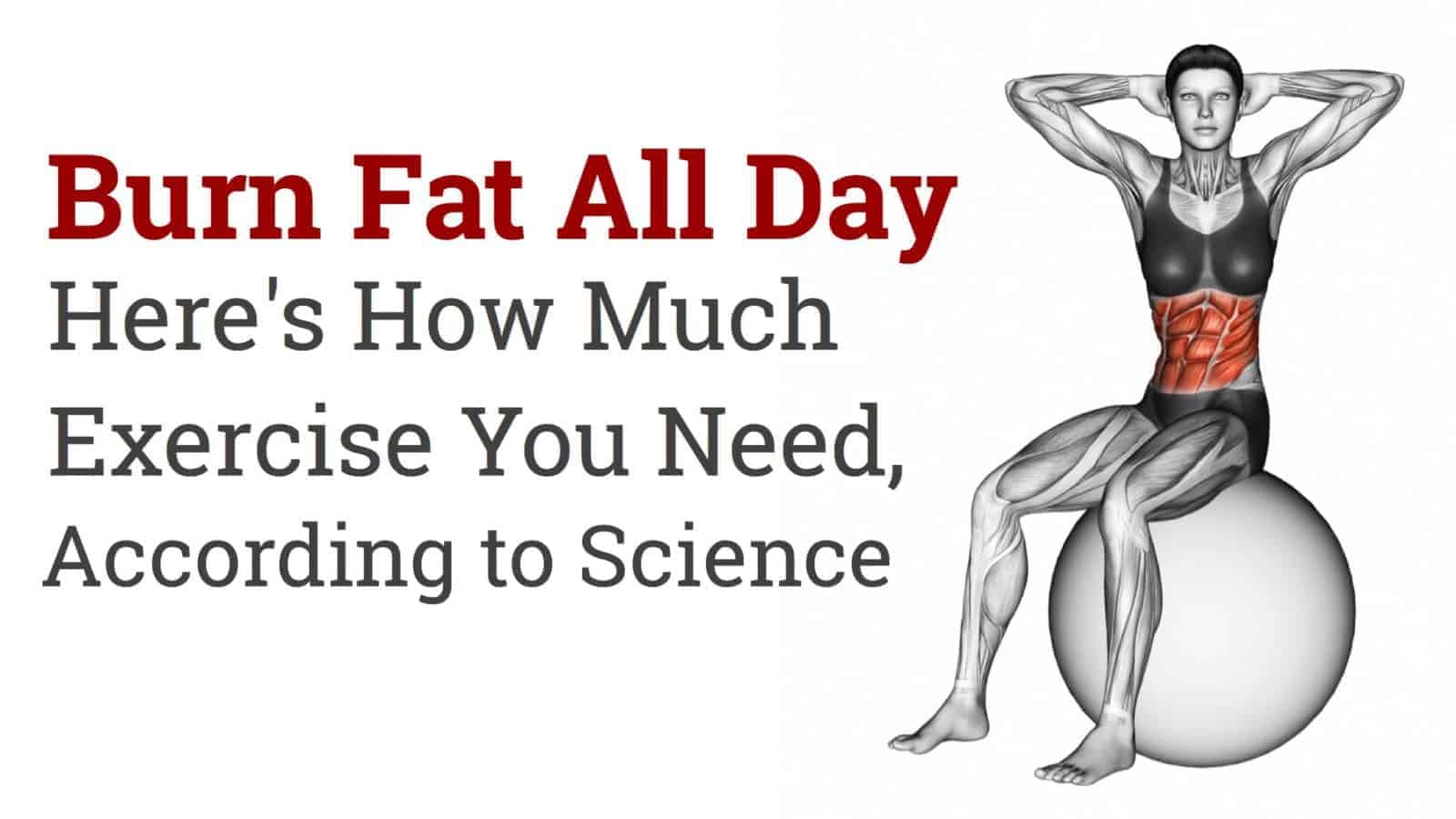“Studies show that high-intensity interval training (HIIT) increases cardiovascular fitness and can promote healthy blood glucose levels. The short workouts also increased endurance, and a recent study shows why HIIT has more endurance benefits for couch potatoes (than) for pre-trained athletes.” – Bethany Brookshire, Ph.D.
“No pain, no gain.”
No kidding. High-intensity interval training, called ‘HIIT’ for short, is hard. Study after study concludes HIIT is a winner. More endurance, better cardiovascular and heart health, lowered risk of disease. Check, check, and check.
Oh, and HIIT also happens to be a fabulous fat torcher -if you can manage to stick with it. Here’s what you can expect when beginning an HIIT regimen:
“Every square inch of my body is sweating. I’ve been working out for only 15 minutes, and I’m not sure my legs can take any more. They are shaking uncontrollably. Later, I sit down to dinner, and my arms are so exhausted I can’t seem to pick up my spoon.”
The good news (which you’re probably waiting for) is this: an HIIT session can be over and done with in a much shorter period than traditional workouts.
Another great benefit of HIIT is the flexibility. Dr. Weston cites her own experience: “I hate the treadmill, personally. There’s a misconception that (treadmill or cycling) is the only way HIIT can be done. It could be stair climbing, or boxing drills, football drills, dance drills, gym equipment,” she says. “As long as you can get that cardiovascular response that shows you’re working hard, it doesn’t matter so much about the mode of exercise.”
Also, you can (and should) adjust workout intensity to your current level of fitness. Kathryn Weston, an exercise scientist at Teesside University in Middlesbrough, England, states “It’s all about relative intensity to the individual, not absolute intensity.”
In other words, HIIT sessions should push your limits, but not exceed them. Many people begin an exercise regimen with the best intentions, but once the dreaded exhaustion kicks in, they’re done. Of course, this produces less-than-desirable results.
Before describing the 18-minute exercise session that may very well torch fat, here are some other benefits of HIIT exercise:
– Increases muscle endurance
– Lowers risk of type II diabetes
– Less stressful on the muscles, joints and tendons than traditional endurance exercise
Here’s How Much Exercise You Need To Burn Fat All Day, According to Science
18 minutes
18 minutes and four exercises – that’s all you need.
Jeremy Scott, the owner/trainer at Jeremy Scott Fitness in Arizona, says, “(The workout) will send your body’s repair cycle into overdrive.” To understand what Mr. Scott is talking about, it’s necessary to briefly touch on what happens to the body during and after working out.
During exercise, the muscles (a) “Burn available fuel for energy” and (b) Contract in response to electrical signals from the brain. This process “stimulates the breakdown, repair, and growth of muscles, ligaments, tendons, and bones in the process of creating a stronger and more resilient body.”
(“Fuel” that the body burns during exercise includes glucose [carbs], fatty acids [from fats], and amino acids [from protein.])
The Routine
Scott recommends memorizing the four exercises in order: high-knee sprints in place, running mountain climbers, skater hops, and plyo-clap pushups.
While you can see video depictions of each exercise on the web, here’s a brief rundown:
(1) High-knee sprint in place: Exactly what it says. Stand in one position and run in place. Pump your arms in a “sprinter like” motion and keep your knees at or slightly above the waist.
(2) Running mountain climber: Assume a pushup position with your arms straight; tighten your core muscles (like you’re going to get punched in the gut.) Keeping your back parallel, quickly lift your foot off the floor while driving the knee toward your chest. “Run” back and forth rapidly as possible while keeping good form.
(3) Skater hop: Stand with your weight on your right foot, with your right knee bent. Lift your left leg off the floor. Hop to your left by pushing off with your right leg, landing on your left foot and lifting the opposite leg. Continue hopping back and forth, rebalancing yourself when necessary (which it probably will be!)
(4) Plyo-clap pushup: First, it’s important to evaluate your pushup mechanics. Can you do a good, solid set of pushups? (If not, don’t worry – see below).
“Plyo-” is short for plyometric, which simply means that the movement – in the case a pushup – is more explosive (which burns more calories.) A plyometric pushup is performing a pushup while exploding upwards off of the ground.
A plyo-clap pushup is an advanced movement. As the name indicates, this pushup variation includes a quick clap of the hands after lifting off of the ground.
For pushup beginners, the most important thing to remember is proper form. Most beginners use a support, such as a kitchen counter, bench, or their knees, to acquire the upper body strength necessary to perform a regular pushup. There’s no shame in prioritizing form and doing the exercise right – even if it means using a support.
Now that we’ve memorized the routine and practiced the movements, the rest of the instructions are easy.
– Perform each exercise, in order, for 10 seconds.
– Rest for 10 seconds between each move.
– Repeat the cycle.
– Rest for 60 seconds (after the second set.)
(It’s important to evaluate your current health and fitness levels before beginning any exercise routine. Please be safe and aim for incremental progress.)
Stay healthy!














 Community
Community

